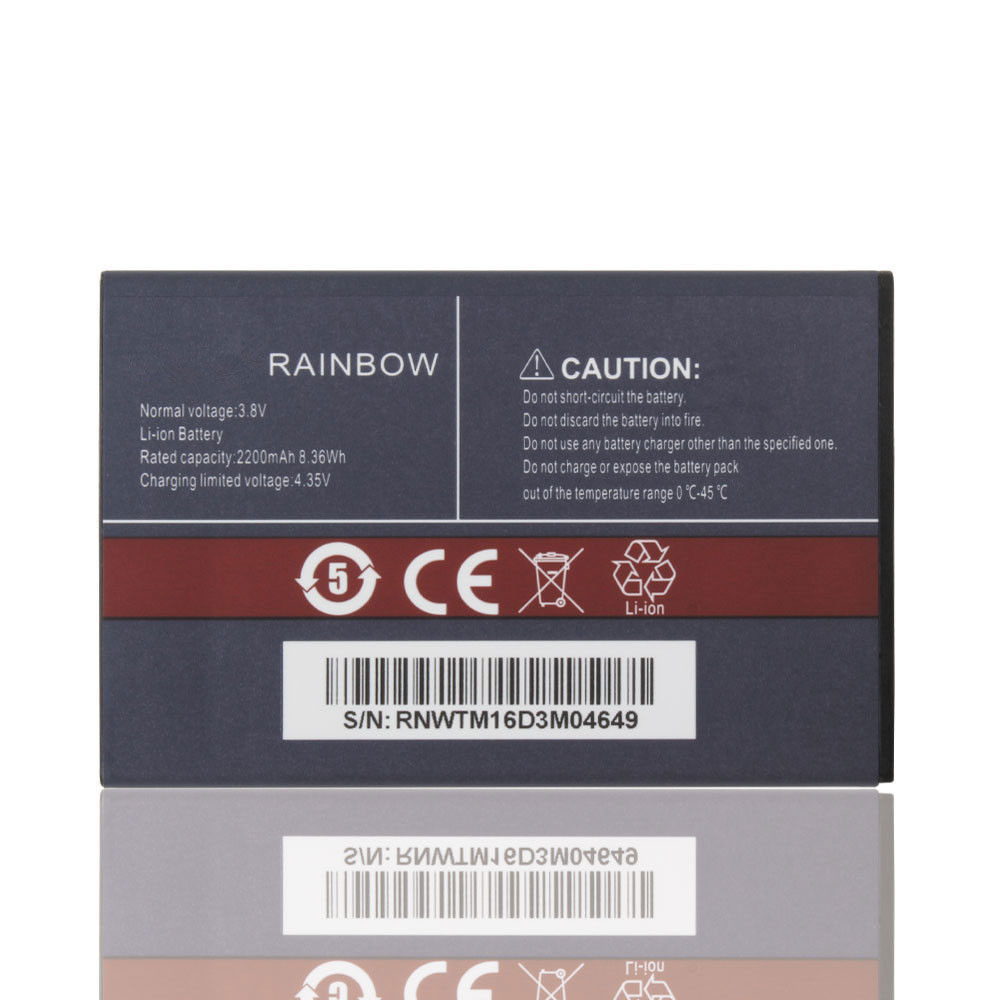Last month, Apple released iOS 13.4, a big update with lots of features, as you’ll see below. But now, there’s another update. latest Apple iOS 13 update has just dropped and it’s one that is primarily designed to squish bugs, including an important one that impacted FaceTime.
Here’s everything important in this update, plus how to download and install it. Since iPadOS 13.4.1 has an extra bug squish, that’s here, too.
How to get it
You’re old hands at this, but just in case you’re not The new operating software is now available to download on compatible iPhones, with iPadOS 13.4.1 also ready for compatible iPads. Go to Settings, then General, then Software Update. Click on Download and Install, and leave it alone to work its magic.
One of the unforeseen consequences of installing iOS 13.4 and iPadOS 13.4 was that FaceTime calls may not work if you were FaceTime-calling someone who had iOS 9.3.6 or earlier versions of macOS, specifically El Capitan 10.11.6 or earlier. This has now been fixed, Apple says.
Choosing Bluetooth from Quick Actions
There was an issue with the Settings app where, if you wanted to choose Bluetooth from the Quick Actions Menu, the one on the Home Screen when you swipe down from the top-right corner, it might not do what it should. With 13.4.1, everything should work just fine again.
iPadOS 13.4.1 flashlight issue
This sorts an issue on the most recent iPad Pro models. That’s the fourth-generation 12.9-inch and second-generation 11-inch iPad Pro. Tapping the Flashlight button in Control Center or on the Lock screen could result in nothing happening. Which, obviously, wasn’t the plan. This certainly wasn’t universal, I never experienced it, but this update should fix it.
The previous iOS 13 updates
iOS 13.4
Released on 24 March 2020, this was a huge update with lots of new features. For example, Mail has had its toolbar significantly improved, and if you’re replying to an encrypted email, your reply will be encrypted, too.
The sister to iOS 13.4, iPadOS 13.4, included trackpad support so that the latest iPad Pro can be used in a more laptop-like way than ever. A feature that came and then went away, iCloud Folder Sharing, came back again so you can share documents easily. New Memoji stickers arrived with nine new choices, including party face and hands pressed together. Universal purchase support arrived for the App Store, meaning you can buy an app so it works on iPhone, iPad, iPod touch, Mac and Apple TV all together, assuming the app supports this. As for Arcade games, recently played ones will appear in the Arcade tab so you can keep playing on each platform. Though there was no mention of CarKey, the super-cool element predicted previously which suggested you could unlock and drive your compatible car just by using your iPhone, there was extra information in the CarPlay Dashboard and support for other navigation apps in the CarPlay dashboard. The keyboard now supports predictive typing for Arabic in this version and there were plenty of bugs fixed, too
iOS 13.3.1
This landed on Wednesday, January 29. One of the main focuses was on the U1 chip. It’s on the iPhone 11, iPhone 11 Pro and iPhone 11 Pro Max and is a cool piece of kit. It allows you to AirDrop to a nearby iPhone 11 more easily. But it transpired that this chip continued to track user location even when location services were turned off. A toggle in Settings means you can turn off Bluetooth, Wi-fi and Ultra Wideband.
There were plenty of fixes. The first fix related to Screen Time and Communication Limits. Previously, it was possible for someone to get round the Limits without entering a passcode. That’s been sorted as has an issue with Deep Fusion photos, a Face Time problem, distorted sound in some cars using CarPlay, push notifications not coming through on wi-fi and connectivity issues for users on the British O2 network. Problems in Mail were also fixed. Finally, Apple added Indian English Siri voices for HomePod.
iOS 13.3
Released on Tuesday, December 10, this big-number update had a bunch of changes. It updated the layout for some newspapers in Apple News+, improved Screen Time parental controls (though a further fix was needed in iOS 13.3.1) and improved the Stocks app. Beyond that, it was all fixes and bug squishes, including how video clips are created, support for security keys, repaired an issue in Gmail, sorted an issue in text entry using the long-press on the space bar to allow a moveable cursor and resolved an issue in Voice Memos.
And as proof that hardware is affected by software, some wireless chargers were charging more slowly than they should. This software update should have aimed to fix that.
iOS 13.2.3
This was the last update before the new iOS 13.3. It went live on Monday, November 18, 2019. A smallish and unexpected update, it aimed to fix problems, including the following. System searches inside Mail weren’t working quite right, nor in Files or Notes. This update sought to fix this. Similarly, where Messages had an issue with displaying photos and attachments, this update was there to sort it. Apps that weren’t downloading content in the background before were resolved in this update, hopefully. Oh, and Exchange accounts that weren’t getting new messages or other content were the focus of this update, too.
iOS 13.2.2
Released on Thursday, November 7, 2019, this update sought to fix the way apps running in the background kept quitting. It also tried to get rid of temporary loss of cell signal, and fixed how some encrypted email messages between Exchange accounts were unreadable.
iOS 13.2.1
Don’t worry if you missed this one. Unless you have a HomePod, you literally wouldn’t have seen it. It was there to fix issues caused by iOS 13.2 which made some HomePods turn into useless, oversized paperweights. What that update had meant to do was add new HomePod features. These arrived in all their glory with this corrective update, when iOS 13.2.1 went live on October 30, 2019, just 48 hours after iOS 13.2. Something of a record, surely?
With iOS 13.2.1 HomePods were granted the ability to recognize different family members’ voices, music could be added to HomeKit scenes, you could hand off music, podcasts and phone calls just by bringing your iPhone near to the HomePod. Oh, and if you like ambient sounds, these arrived in this update, with the facility to set a sleep timer to these restful noises.
iOS 13.2
A big update, this. released on Monday, October 28, 2019. Marquee features include Deep Fusion, a new camera feature that improves images taken in medium and low light. Siri Privacy settings were updated with this release – also an important step forward. Foundations were laid for the new Research app which could have a big impact on health data collection. Oh, and scores of new emoji were set free. AirPods Pro in-ear headphones are supported in this release. More features including Siri reading out your messages were also included.
iOS 13.1.3
This was another surprise release, out on October 15, 2019. It was aimed at fixing issues more than anything else. Some devices didn’t ring or vibrate when a call came in – kind of important for a phone, right? That was fixed in this update. As was an issue with Voice Memos not downloading or problems where meeting invites didn’t open in Mail. A U.K.-focused repair was made so that Health data would display properly after British Summer Time ended (which was yesterday, October 27, by the way).
Issues which saw the Apple Watch not pairing with an iPhone and notifications not coming through to the Watch were also fixed. Other fixes included apps not downloading after an iCloud Backup and better connectivity between Bluetooth hearing aids and Apple devices. Launch performance of apps in Game Center were addressed and one relating to Bluetooth connectivity in certain vehicles. Lots of fixes, then.
iOS 13.1.2
September 30, 2019was the release date for this recent update, just one weekend later than 13.1.1. It’s another bug fixer to do with iCloud Backup, for instance which showed a progress bar even after being completed. A malfunctioning camera was fixed here, too, as was the flashlight failing to initiate. Like in 13.1.3, this update sought to address an issue with Bluetooth dropping on some vehicles. There was also a display issue for the iPhone and a fix for problems running shortcuts from Apple HomePod.
iOS 13.1.1
This update launched on September 27, 2019. The big element was a fix for the flaw which led some third-party keyboards access the iPhone even when permission hadn’t been granted.
It also offered a solution to problems with battery drain, rather in contrast to the battery life gain which iOS 13 is all about.
Restoring from a backup was a problem in this update as well as the latest one. Siri recognition is better and syncing in Reminders shouldn’t be slow any longer.
iOS 13.1
This came out on September 24, 2019 and sought to fix issues and squish bugs such as problems opening the camera properly, improperly behaving wallpapers, text entry issues and so on. There was also a fix to a battery management problem. New features included activating the U1 chip in the latest iPhones which gives the handsets a form of spatial awareness, improving AirDrop immediately and with other benefits set to follow. The Shortcuts app also saw extra support and more features. The facility to send your ETA to others from Maps was added.
iOS 13
Released on September 19, 2019, this was a very big release with an awful lot in it. For full details, read the indepth analysis here. Features include:
Dark mode to make the iPhone’s interface less glaring in a low-light environment, for instance. App developers can integrate Dark Mode into their apps so that the iPhone has a consistent look. Sign in with Apple lets you sign up to apps with your Apple ID and Apple will keep the site or app at arm’s length. You can sign in using Face ID or Touch ID as appropriate. Maps has been updated with a new street-level look and in-depth mapping on selected cities.
Photos and Camera apps have been seriously altered with a new look to the Photos tab and significant editing upgrades. Siri sounds more natural and will offer personalized recommendations. Reminders has been completely overhauled, and Notes has a new gallery view. Find My combines Find My iPhone and Find My Friends. It will help to locate offline devices, too.
QuickPath is the new way to enter text by swiping. It’s very cool.
Text editing has been improved, though the elegant magnifying glass which used to appear when you touched a word, making it visible even though the word itself was hidden under your thumb, say, has gone. I hope it’s coming back soon.
Among the miscellaneous treats are a pro-active system that tells you which apps have been accessing your location, for example. A message says how often it has done so in a set period of time and you can leave things as they are or adjust. It’s a very simple but highly reassuring detail.





